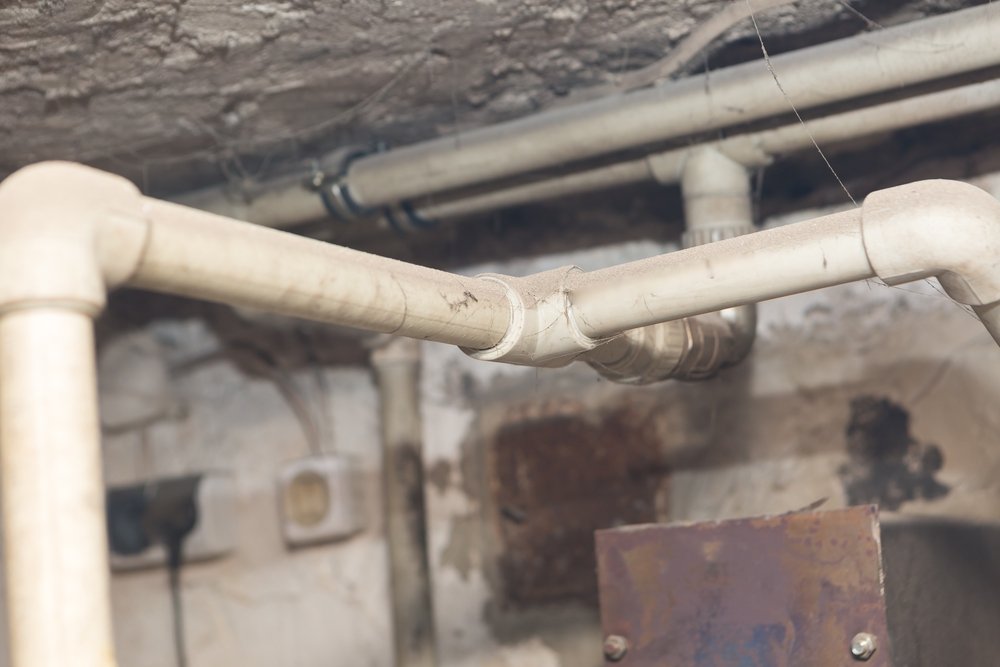Insulating the Pipes in Your Crawlspace Can Prevent Them from Freezing
With colder months approaching, insulating your pipes can help protect your home against time-consuming and costly repair issues. There are many modifications you can make, but when it comes to your crawlspace, this area can be overlooked.
Instead, you should prioritize protecting your crawlspace, due to it being closer to the elements because of its ventilation systems. This part of your house can be especially prone to freezing conditions and that includes any pipes down there as well.
If you are having issues with your crawl space pipes freezing up and you are unsure how to prevent this or rectify it, then hopefully, these tips may help you to understand this further and prevent it in the future.
How to Insulate Your Pipes
When it comes to insulating your pipes, there are a few options you can choose from. You can use spray foam, foam insulation, self-sealing foam insulation, fiberglass covers, tubular sleeve covers, and pipe gap insulation. All of these are viable options for you to insulate your pipes.
The most popular option is spray foam. This solution is ideal to use in small spaces and will expand around the pipe to fill any gaps. It can also help to reduce vibrations and noises from pipes as well as provide water resistance.
Traditional foam insulation is the most commonly used as it has been around for so long. The foam rolls are split in the middle and slot onto the pipe. From there, you then need to tape up the split to stop it from slipping off and to protect the insulation. Over the years, the traditional foam insulation has been adapted to have self-adhesive slits in them, so you do not have to tape them; they will instead seal themselves.
Insulating Your Crawlspace
As well as insulating the pipes, it is also best to insulate the general crawlspace. This will, in turn, decrease the likelihood of the pipes freezing even more.
When it comes to insulating the crawl space, you also need to make sure you are protecting against moisture. If you do not, then the lifespan of the insulation will be reduced.
One of the best methods to use for insulating the crawl space is using a polystyrene foam board. It offers a barrier for moisture and insulation, and it usually comes with a silver lining on it as well. This adds extra protection by trapping heat in the area while providing a second barrier to moisture. In turn, doing this will stop the breakdown of the insulation and make it last longer.
When using polystyrene boards, it is best to seal up all ventilation to the crawlspace, making it airtight. This will keep the crawlspace further insulated from the elements in the colder weather.
Signs that Your Pipes are Frozen
There can be a few different signs to look out for if your pipes are starting to freeze. These can be the temperature outside dropping, no water coming out, frost on the pipes, and possible smells coming from faucets.
If the temperature outside drops, this would be an opportune time to introduce proactive prevention measures. If you see the temperature drop to 32 degrees Fahrenheit or even lower, then you need to make sure you start insulating your pipes to keep them freezing.
If you can see the pipes, you should be able to tell if the pipes are frosted or not. This is a warning sign that the pipes could be starting to freeze or are going to freeze, so it is time to take action and combat this.
The main sign that your pipe has frozen is when little to no water is coming out of the taps. This will show that the pipes have frozen up and blocked the flow of water.
If the pipes are blocked, you may notice strange smells potentially coming from any pipe openings. This is because there is nowhere for the smell to go other than back the way it came. Though this is a key indicator of frozen pipes, it is not as common as others.
Fixing a Frozen Pipe
If you have noticed your pipes are frozen, then you need to act and fix the issue as soon as possible to prevent the pipe from breaking. If you locate the pipe, then you can start to thaw it. You can do this by using a hairdryer or heat lamp to melt the ice quickly.
Another great way is to put a portable heater next to the pipe, and this will help to thaw it out. Make sure that you heat up the part the water is running to first. That way, once the pipe is thawed, the water can run through it.
If you are preparing for the winter and want to make sure your crawlspace is insulated and your pipes won’t freeze, then hopefully, these tips will help you to do this and make your winter as easy and stress-free as possible.
If you need advice on remediating a frozen pipe issue in your own home, please contact us anytime to discuss further.


